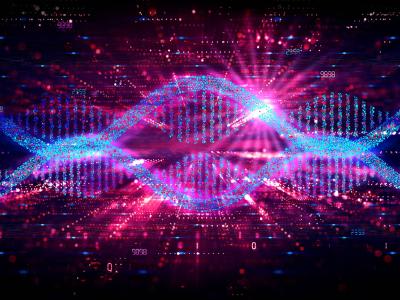One in every hundred people around the world is autistic. Autism is a disability, with varying degrees of care requirements. Some autistic people can live independently, while others require lifelong care. However, what we are coming to understand now is that often, what makes autism disabling does not come from autism itself. Autism is a disability, but it does not, on its own, disable the autistic.
When psychiatrists first studied autism in the twentieth century, they regarded it as a mental problem, or a neurological illness, and therefore something that could be cured or prevented.
By the 1980s, Simon Baron-Cohen, one of the leading subject matter experts on autism, believed that autism was a neurological problem that caused “mind-blindness”. He thought the autistic could not understand the mental states of others, leading to problems with empathy.
In 2012, Damian Milton, an autism researcher who is himself autistic, developed a response to this theory, which he called the “double empathy problem”. According to Milton, Simon Baron-Cohen’s theory assumes that non-autistic people have “normal” empathy, while autistics have “abnormal” empathy, and it is this which disables the autistic. But what Milton suggests is that the perceived “mind-blindness” of autistics goes both ways.
It is true that an autistic person may struggle to understand a non-autistic person’s thoughts and feelings. But the same is true of a non-autistic person trying to understand an autistic person’s thoughts and feelings! The nature of autism means that a non-autistic’s entire experience and approach to the world is radically different to that of an autistic.
This theory may assist in explaining why 70% of autistics in the UK are unemployed, according to a 2024 report by the UK Government. It is just as hard for non-autistics to empathise with autistics as it is the other way around. Even Simon Baron-Cohen has since come out in support of Milton’s theory.
Behaviour that seems logical and appropriate for an autistic often seems eccentric and bizarre to the non-autistic. Similarly, many societal expectations, like making eye contact or small talk, can be just as bizarre to autistic people.
The implication of the double empathy theory is that it is possible to make autism less disabling. Intentionally seeking better understanding of the experiences of autistic people so that communication differences can be accommodated and mitigated through conscious action by non-autistics.
Double empathy and you
Think about your processes at work. Is there anything there, from hiring through to employment, that could exclude autistic people? For example, when forming a first impression of someone, is it biased by an expectation of certain neurotypical behaviour? Do you consider eye contact to be important to listening? Can you recognise autistic traits in people? Do you presuppose what an autistic person looks or sounds like? And do you understand autism? Are you able to understand how sensory processing problems affect an autistic person’s ability to work and socialise?
There is a saying among autistics: “If you have met one autistic person, you have met one autistic person”. This means that all autistics have different experiences. Autism is a spectrum, and different autistics have different personalities, interests, and needs. Some autistics, like me, are very outgoing and theatrical. Others are more reserved and don’t express their feelings outwardly. But all autistics feel and have needs, just the same as non-autistics.
For World Autism Awareness Day, consider examining the ways in which you can try to understand autistic people, and equally, how you can make it easier for them to understand you. Be transparent and clear in your communication. Understand that what is easy for a non-autistic may be very difficult for an autistic person. And when seeking new talent, look beyond the traditional first impressions. Try to see the person within, who has so much to offer.
That is all autistics have ever asked: for our humanity to be acknowledged.





